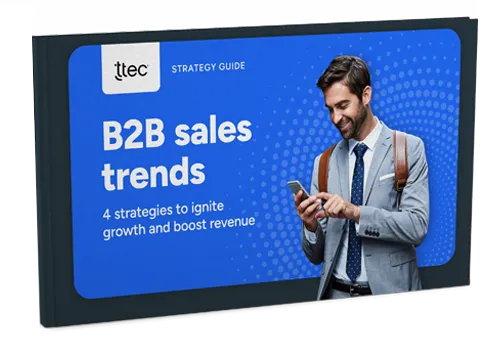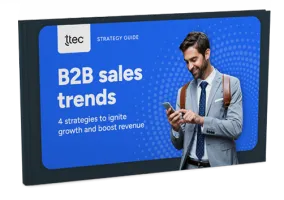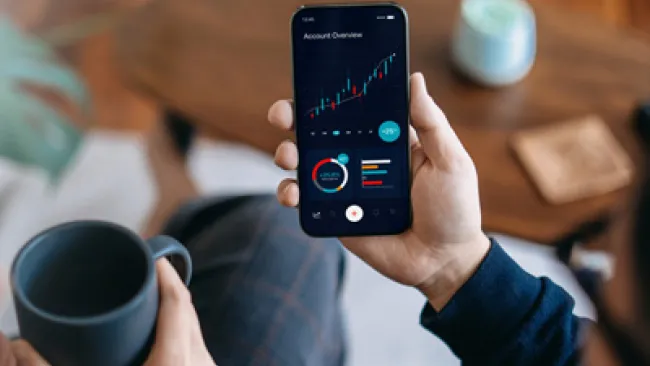Consider today’s marketplace a tale of two customers. On one hand they are social, personal, and connected. They use mobile and social networks to share information and interact in the moment with people and brands. On the other hand, they are also untrusting, impatient, and intolerant. They demand convenience, immediacy, and personalization. They won’t hesitate to move on to a competitor if their expectations are not met.
For marketers, this means a paradigm shift in spending and strategic priorities. Future investment must focus on the following areas:
• Socialness: Understand influence from and to contacts
• Speed: Dynamically customize marketing messages
• Digitalization: Collect information and communication digitally
• Convergence: Provide multiple services on many devices
• Omnichannel personalization: Transmit relevant messages to the right people
in their preferred channels
Data is the lynchpin needed to fulfill all of these expectations. Contextual marketing applies advanced, real-time analytics to take marketing to the next level. Figure 1 shows marketing’s maturity from mass communications to event triggers, and now to contextual interactions. Interactions have evolved from one-way communications with no customization or customer insight, to segment marketing, where offers are tailored to specific segments, and different channels are used to optimize costs and technology. Our experience shows that most companies still live in the segment marketing realm, revealing much opportunity to grow. Some companies are beginning to act in real time with trigger-based campaigns and outreach based on important lifecycle moments that are more likely to elicit a response.
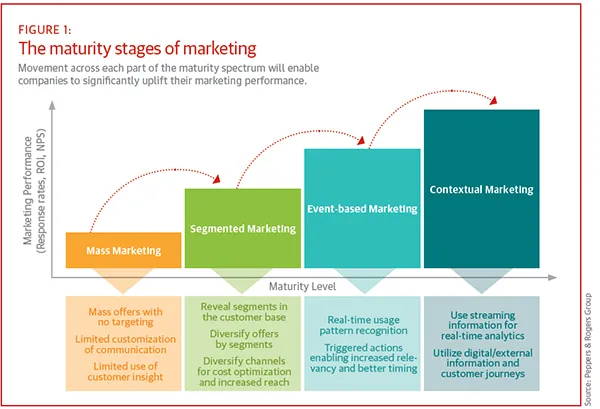
Taking it one step further, contextual marketing uses continuous data flows and mixes internal insight with external sources of data like local weather forecasts for even more relevance. In addition, it adds a more dynamic element that can incorporate machine learning and cognitive computing, rather than static, rules-based triggers. Contextual marketing adds deeper analytics to marketing activities to blend art and science.
How does contextual marketing work? Customers create rich data histories as they interact in different ways across various channels through all stages of their lifecycle, such as retail, contact centers, email, online, mobile, social, and even search activity. Because most of these channels are digital, they generate massive data, which can be accessed and analyzed with real-time analytics to optimize activities during acquisition, onboarding, retention, and other areas of the lifecycle.
It becomes a perpetual system—customers provide digital information that feed into systems. The insight generated from these systems informs the most relevant ways to continue to interact with customers in digital channels, which continues the cycle. Throughout the process, analytics processes such as segmentation, predictive modeling, simulation, forecasting, text mining, and image/document analysis are applied (see Figure 2). With this level of insight, marketers can better answer critical questions such as what to offer, which channels to use, how to customize, when to communicate, and how to measure.
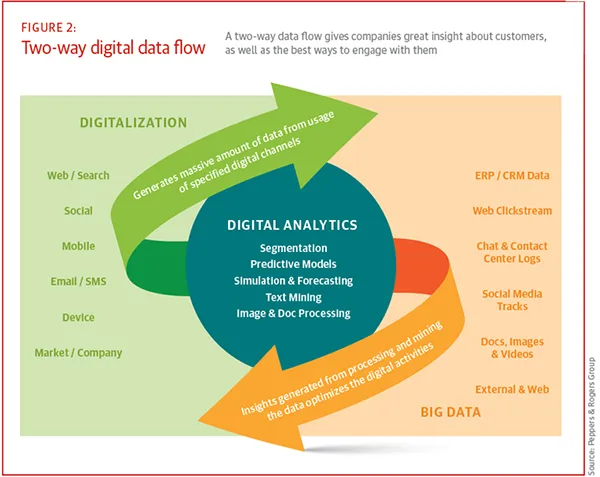
Tactically, marketers can identify marketing activities that provide high return on investment, optimize marketing plan by spending more on high ROI activities, and allocate budget to enhance business outcomes.
Big Data now is all about variety, velocity, and volume. Information is collected from many sources, including structured and unstructured data, the Internet of Things, and social media. Real-time streaming data, IoT sensors, and other dynamic sources get mixed in immediately, leading to an enormous volume of insight. It’s continuously changing, which is both a challenge and opportunity for companies looking to deepen customer relationships.
Four steps to succeed at contextual marketing
A company can’t become a contextual marketer without maturity. So before diving into data for contextual marketing, make sure segment marketing and event-based, trigger marketing activities are optimized. With a solid foundation, it will be easier to enhance interactions with real-time, continuous contextual marketing.
Once ready, these four steps will guide the foray into contextual marketing. Though these steps look similar to how to approach trigger-based marketing, what’s new is how customers are identified. Dynamic digital insight is used from more sources to determine who to target and why at the beginning of the process.
1. Identify target groups based on both historical and streaming external and internal data
2. Create scenarios based on real-time event and behavior pattern triggers
3. Respond by running actions based on the detection of the pattern and trigger
4. Measure wisely, adapting targets and scenarios based on impact
And, of course there is the technology infrastructure behind the scenes. Figure 3 depicts a back-end architecture diagram of how digital data becomes actionable insight, enabling execution at multiple channels and advanced measurement opportunities.
Changing customer profiles, dynamic data sources, and multitudes of triggers make for a pretty complicated endeavor. That’s why business cases also need to be built dynamically, taking into account all campaign factors and fluid data movement. Create worst-case, best-case, and base-case scenarios to estimate what results may be generated from certain actions. Put all scenarios into one place to compare what level of risk and potential reward the team is comfortable with (see Figure 4).
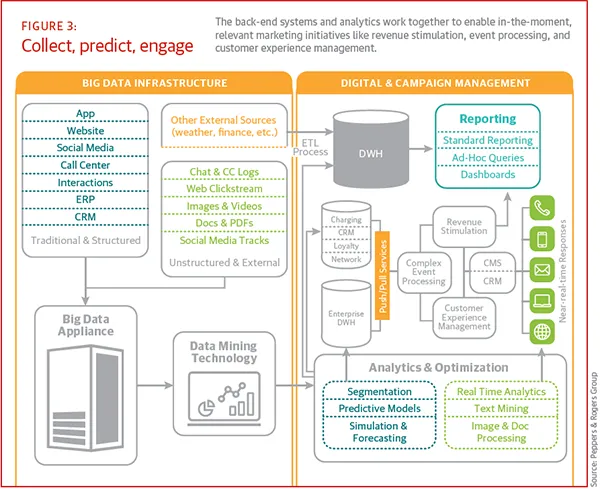
It can be extremely difficult to identify the impact of each scenario individually. We recommend comparing scenarios as a bundle against a control group to measure the long-term incremental impact of campaigns and/or impact per promotion. A universal control group method can measure the total impact of the project and the incremental revenue to be calculated over every month’s performance difference. Individual promotion analysis, meanwhile, measures individual campaign performance by comparing the incremental revenue of target and control groups.
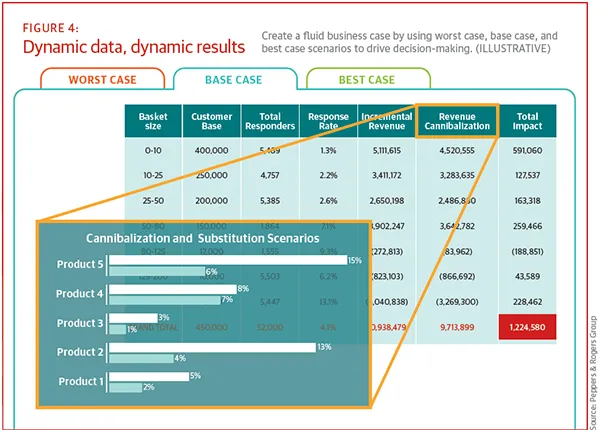
Contextual marketing in action
Contextual marketing can be applied in nearly every industry. Those with more digital data will be early adopters, though others will likely catch on as well. Here are some real-world and hypothetical examples:
Retail: We recently worked with an e-commerce company to analyze marketing initiatives across three dimensions for a deeper level of insight. The firm combined customer purchase behavior, lifestyle attributes based on purchase history, and digital channel preference and response propensity. This created a three-dimensional matrix that helped inform not only the type of offer to send in what channel, but also exactly when the right time was, and how aggressively to discount the promotion. It also helped create triggers for real-time bidding for relevant keywords and remarketing rules.
Here’s how the program could be applied. Let’s say a shopper is interested in a coat. He does a Google search for “fashionable coat” and ends up at the retail site. The company knows what keywords led him to the site, and what page he lands on. Although he is an anonymous user, the company remembers his IP address from an earlier visit, and combines it with information collected from that visit to get a more complete picture. The IP address matches a region of the country in which the weather is getting colder, signifying he may be more than just browsing. This time, he visits the coat product page for five minutes. But, he is not completely sure and moves his mouse toward the “close window” area of the screen. Knowing this and that he’s identified as a returning “non-buyer” customer, he receives a pop-up discount before he can click. He likes the offer and makes a purchase.
Telecom: One telecom company increased device sales using dynamic, omnichannel journey analytics that combine sequence analytics and real-time actions at different customer lifecycle stages (see Figure 5). This approach also helped reduce churn after traditional churn models failed, and led to changes in its onboarding program.
Consumer banking: Consider the following hypothetical scenario: A customer wants to pay his car bill at the bank branch. Using his bank debit card, he takes a ticket from kiosk and waits in line to be helped. His debit swipe alerts the system that he’s a valuable customer who is likely to use mobile banking. So while he’s waiting in line, he receives an SMS with instructions on how to pay his bill using the mobile website.
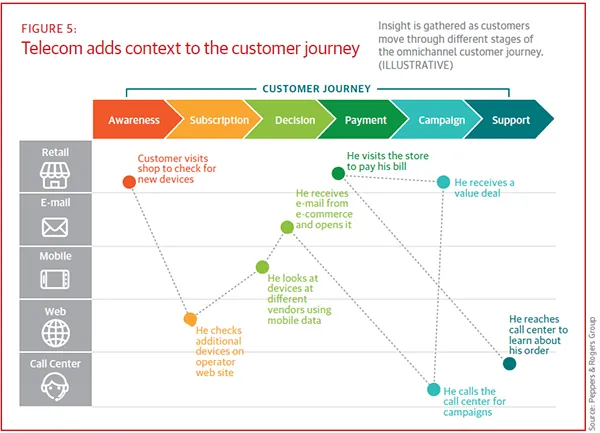
Recommendations
Many of these examples seem like common sense actions to both consumers and businesses. The ability to strategize the best way to interact and use data to execute the right interactions is what’s difficult. We recommend starting with data. Gather and integrate as much digital information as often as possible from all parts of the business and related external sources. E-commerce and telecom may be best suited at first because of the amount of digital information they have available. We also recommend investing in advanced analytics tools and experts to manage the real-time nature of contextual marketing. And finally, try it out. Your customers are your biggest differentiator. You know more about them than your competitors do, so only you can create a personalized, contextual experience in the moments that really matter. If one scenario doesn’t work, try some others. Eventually you’ll find the mix that works for your customers and your business.?



